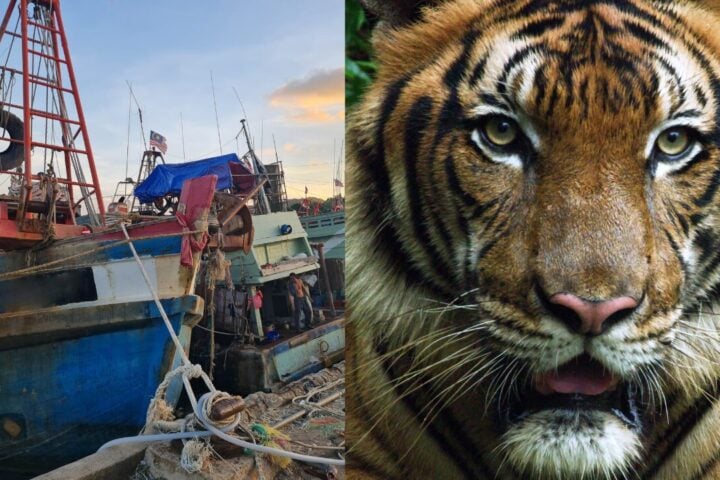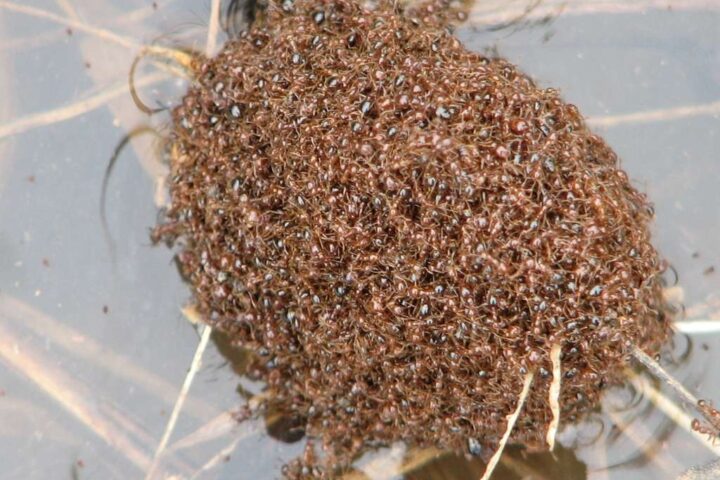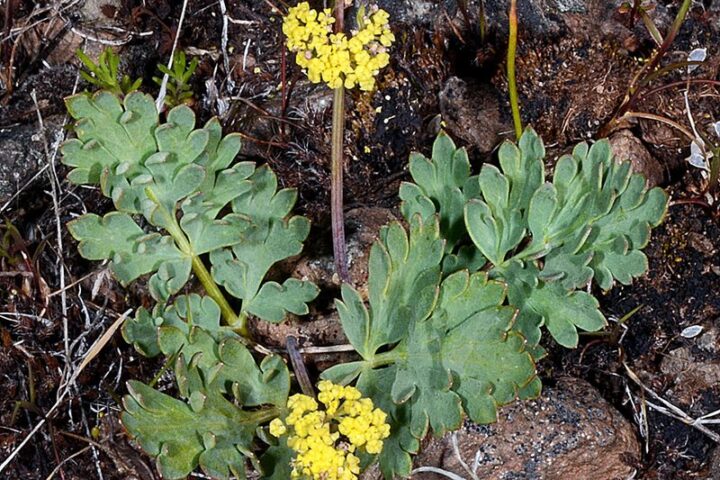The Irrawaddy dolphin population has been dropping for the past 50 years, and the species is currently listed as endangered and recently were declared extinct because of accidental captures and injuries, habitat deterioration and loss, and pollution, it is in danger of extinction across its range. The species’ habitat needs are so specific (lagoons, estuaries, rivers, and lakes) that they are particularly sensitive to the effects of human activity. The species live in aquatic areas that are extensively polluted with greater concentrations of pesticides, and water pollution which harms Irrawaddy dolphins. Organochlorine (OC) pesticides, polychlorinated biphenyls (PCBs), and polybrominated diphenyl ethers (PBDEs), for example, have been detected in Irrawaddy dolphin tissues collected in India. Chemicals and sewage from nearby terrestrial operations are spilt into the environment where found in dolphin tissues. Noise and disruption from buildings, vessel traffic, and military activity are all part of this species’ daily routine.
Earlier in February many news outlets reported the death of the last freshwater Irrawady in Cambodia. Many of these reports were questioning Cambodia’s But a newborn dolphin calf was spotted swimming with a group of eight adult dolphins in the Koh Phdao water deep pool in Sambo district of Kratie province in Cambodia by a research team of the Fisheries Administration and WWF. According to the Department of Fisheries Conservation of the Fisheries Administration Cambodia, the new calf was discovered on March 6 during a population assessment of Irrawaddy dolphins in the Mekong river in 2022. According to the source, this is the first dolphin calf seen in the first three months of 2022. The Fisheries Administration used the occasion to urge local fishermen to safeguard this dolphin calf by immediately ending illegal fishing techniques, particularly gill net and electrofishing, to guarantee that it grows up to be a healthy adult.
The Irrawaddy dolphin eats fish and crustaceans, and its food source is in jeopardy owing to overfishing, stream blockage, and the introduction of modern fishing gear. Overall protection against entanglement and other hazards are either non-existent or poor. The demise of the Irrawaddy dolphin is likely to continue indefinitely unless viable remedies are found.
Human activity has played a major part in endangering this species and we have to correct our actions before we rob another species from the face of the earth. Ecosystems are very sensitive to change and we need to consider that before compromising for corporate benefit. As a human race, we must put forward a collective hand in supporting the environment.


















